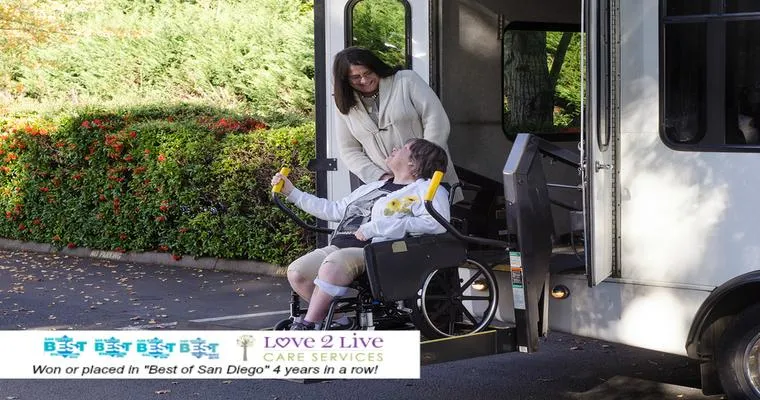When considering a transition to "senior housing", the first and most crucial step is conducting a thorough "needs assessment". This process involves evaluating the specific requirements, preferences, and health conditions of the senior individual. A well-executed needs assessment not only aids in choosing the right type of "senior living facility" but also ensures that the chosen environment promotes a better quality of life. Understanding the unique needs of seniors can lead to more informed decisions and ultimately a smoother transition.
Understanding the Importance of a Needs Assessment
A needs assessment serves as the foundation for a successful move to senior housing. It helps identify the level of care required, whether it be "independent living", "assisted living", or "memory care". Factors such as physical health, mobility, social interaction preferences, and daily activities must be taken into account. By clarifying these aspects, families can better match their loved ones with appropriate housing options that cater to their specific needs.
Key Components of a Needs Assessment
1. "Health Status Evaluation": Understanding the current health condition is paramount. This includes chronic illnesses, mobility challenges, and mental health considerations. Knowing the medical needs will influence the choice between different types of senior housing.
2. "Daily Living Activities": Assessing the ability to perform daily activities such as bathing, dressing, cooking, and medication management is essential. If assistance is needed, it may be time to consider "assisted living" or other supportive housing options.
3. "Social Engagement": Seniors often thrive on social interaction. Evaluating the individual’s desire for social activities, hobbies, and community involvement can guide the selection of a housing option that offers robust engagement opportunities.
4. "Safety and Accessibility": The living environment should be safe and accessible. This includes evaluating features like wheelchair access, emergency response systems, and proximity to health care services.
5. "Financial Considerations": Understanding the financial implications of different senior housing options is crucial. A needs assessment should include a review of budgets, insurance coverage, and potential costs associated with various types of care.
Involving Family and Professionals
Involving family members and professionals in the needs assessment process can provide valuable insights. Family members can share their observations and concerns, while professionals such as geriatric care managers or social workers can offer expertise in navigating the complexities of senior housing options.
Conclusion
A comprehensive needs assessment is the first and most vital step when moving to "senior housing". By carefully evaluating health needs, daily living capabilities, social preferences, safety requirements, and financial constraints, families can make informed decisions that enhance the quality of life for their loved ones. This proactive approach not only eases the transition to senior living but also promotes a sense of security and well-being in a new environment.





